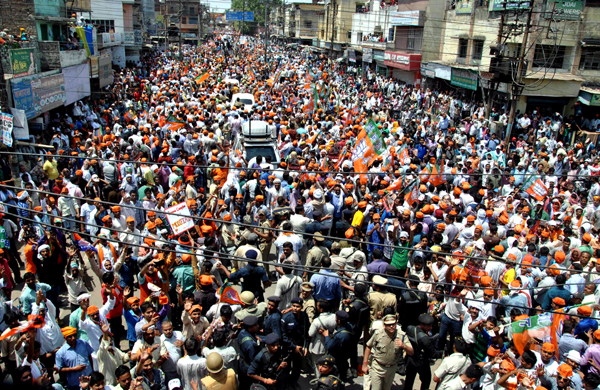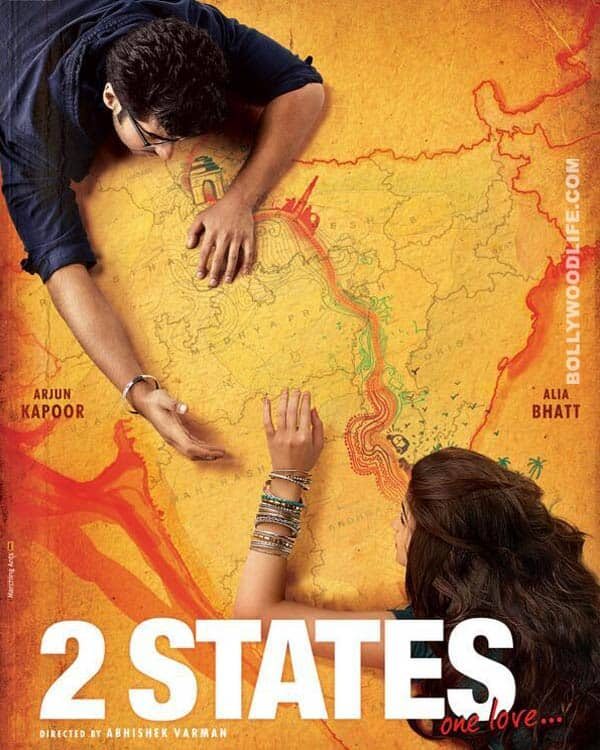A few weeks back the internet was flooded with articles about how the pulping of Wendy Doniger's book The Hindus was a threat to freedom of
expression in India.
Most of these pieces, written by writers who claimed to be of a 'secular'
disposition squarely blamed this ‘atmosphere of fear’ on the
religious right, whose emergence they forewarned would stifle free speech.
In
one way or another, they presaged that a right leaning government would curb
dissent to the fullest extent possible.
What is interesting to note is that these very same ‘secularists' have been sympathetic to Arvind Kejriwal and the Aam Aadmi Party since its
inception. That the rise of Kejriwal and the AAP is the handiwork of the mainstream
media is perhaps, a foregone conclusion.
Now, almost like an auctioneer, the former Chief Minister of
Delhi claims that the media - that facilitated his rise - is in fact
"sold".
If this wasn't enough, in a comment reminiscent of the
Emergency-era, he opines that "heavy amounts have been paid" to TV
channels "to promote Modi".
So are we to assume that Kejriwal, who was recently
exposed in a video fixing an interview broadcast with
Aaj Tak's Punya Prasun Bajpai,
has paid 'heavy amounts' to the channel to promote him.
More appalling yet, was his statement that if the AAP ever
comes to power, "media-wallahs" could actually be put behind bars.
Isn't this what stifling of freedom of expression is? No government in India, save for Indira Gandhi's tyrannous regime, has threatened to put journalists behind bars for doing their job.
When asked whether he had made these comments, Kejriwal simply couldn't admit he had done a 'Romney'.
To understand this issue better, there are a few questions that we need to answer.
Is Indian media biased - Sure. The very fact that he is surrounded by a coterie of former journalists who are 'senior' leaders in his party - Manish Sisodia and Shazia Ilmi (formerly Zee News), Ashutosh (formerly IBN 7) and Ashish Khaitan (ex-Tehelka) prove this point.
Is the media sold? Maybe, but we don't know for sure.
Do media-wallahs deserve to be jailed for their bias? Well, Kejriwal says so.
The real question is - Why does Kejriwal make such
accusations only against the Gujarat Chief Minister, and not members the
Congress-led UPA Government at the Centre?
Well, why does Kejriwal only make accusations and more
accusations? Only he knows. What we do know is that he has mastered the art of 'hit and run' politics. No to क्रन्तिकारी!
It was only a matter of time before Kejriwal took his
sophomoric jibes to the next level.
Of recent, he has tried hard to throw dirt
at the BJP and its Prime-Ministerial candidate Narendra Modi. Taking repeated
potshots at the Gujarat Chief Minister using unfounded statistics is part of
his feeble attempt to remain relevant.
Although it is hard for him to acknowledge, Kejriwal too,
has been swept by the Modi wave.
It is perhaps the first time in India's history that an
opposition party hopeful of forming the next Government has been targeted as
though it already is in power.
Modi has had to brave a fair share of allegations for over a
decade. Not once has he intimidated journalists or the media who have gone
against his writ with incarceration.
Just as the Congress perceives itself to be the voice of
'secularism', Kejriwal sees himself as the custodian of 'righteousness'. And
this is where he proves to be ahead of his political progenitors - Kejriwal
simply cannot deal with criticism or dissent.
Kejriwal promises he has a plan for India, and he may well
have one; but we are yet to see it in full. But he isn't a protester anymore; he is a politician.
Whether he is able handle criticism with care, only time
will tell. What he cannot afford to do is threaten free speech and a free
media. His tomfoolery may be his undoing.



